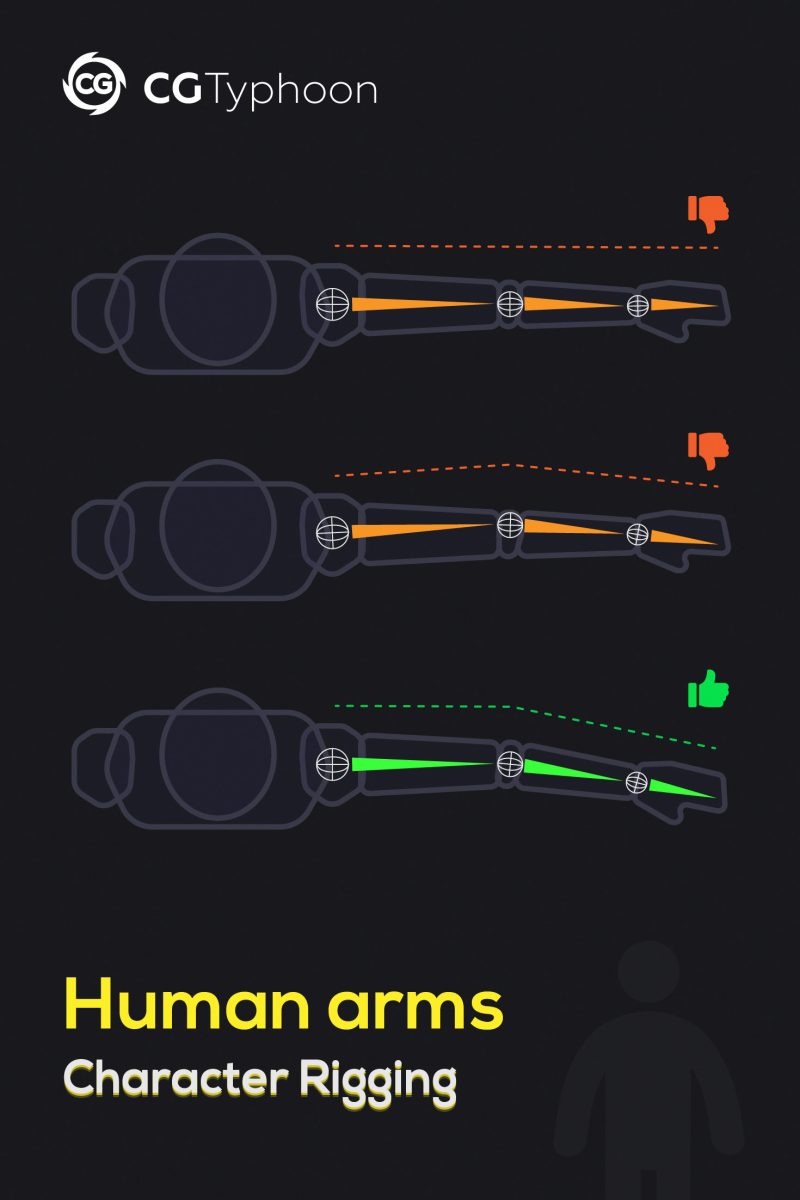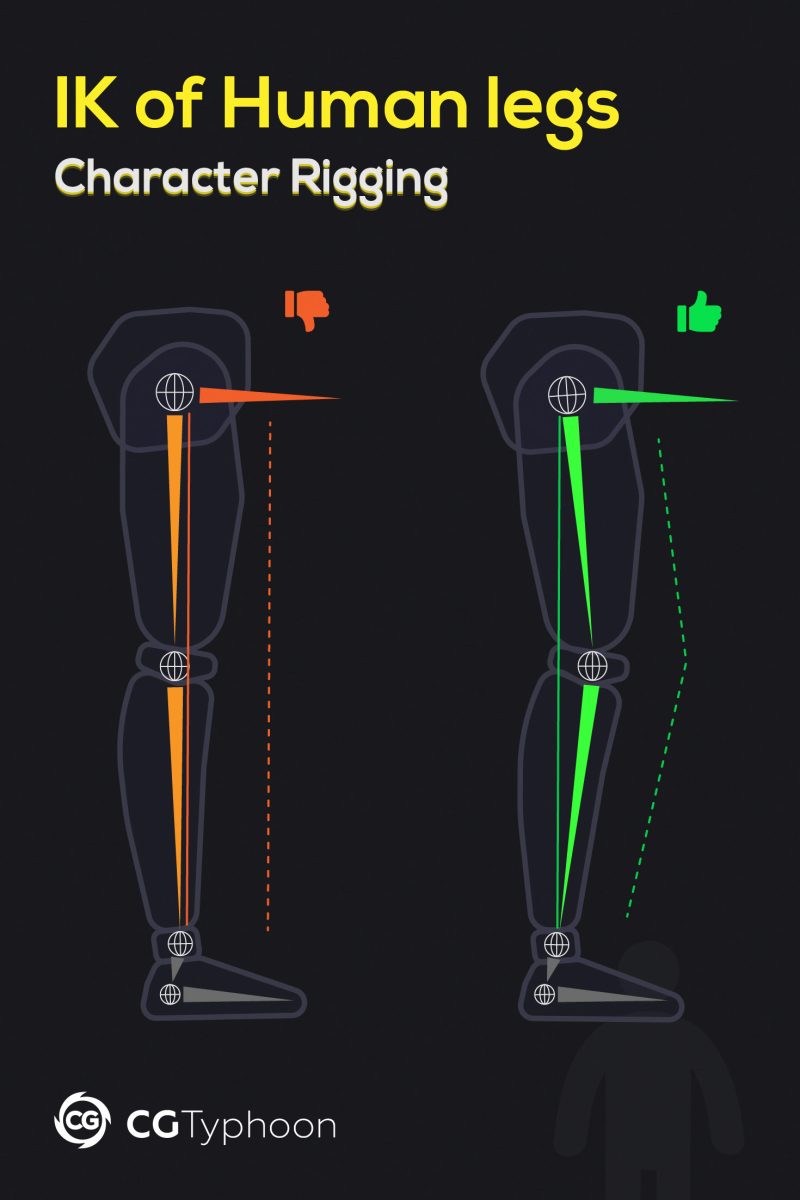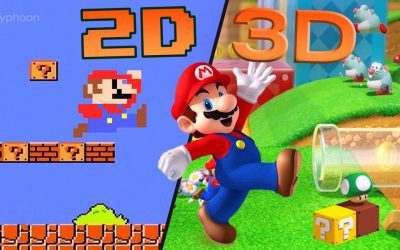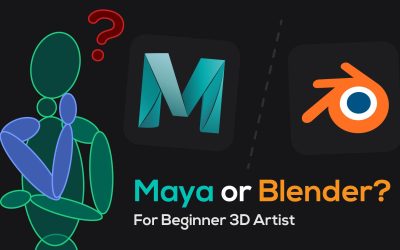The arms IK rigging

The picture shows three schemes of simple rigged human arms.
✘ Straight arm with a straight rig
In the first example, the arm and rig are directed strictly straight. It is not correct, because, it can cause issues with the direction of the inverse kinematics.
✘ Straight arm with a bent rig
The second example shows the geometry of an arm that is strictly straightened, but the rig has some angle. This is also a mistake.
✔ Slightly bent arm with a bent rig
The third example shows the optimal alignment of the rig to the arm geometry. In this case, the arm geometry and the rig are slightly bent at the elbow. When snapping inverse kinematics, the angle of its direction automatically will be set correctly.
The legs IK rigging

For the inverse kinematic rigging legs, the rules stayed the same as for the arms one.
✘ Straight leg with a straight rig
In this case, the IK orientation will be set in a random direction. Because the strictly straight legs can indicate the right knees bend direction.
✔ Slightly bent leg with a bent rig
In the second case, the leg has a slight angle in the knee. So the IK orientation will be set correctly in the direction of the knee bend.



